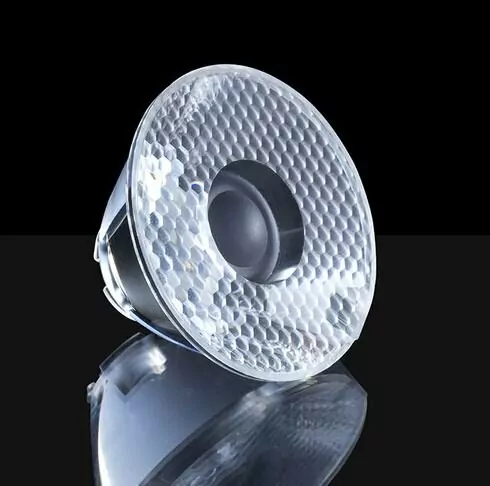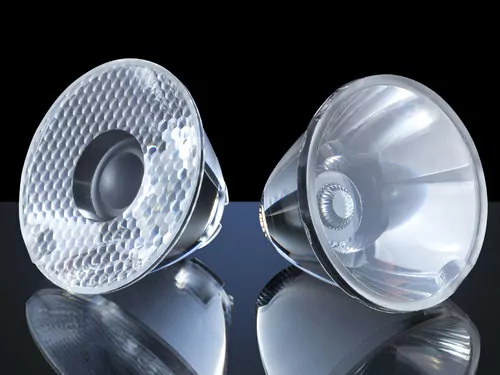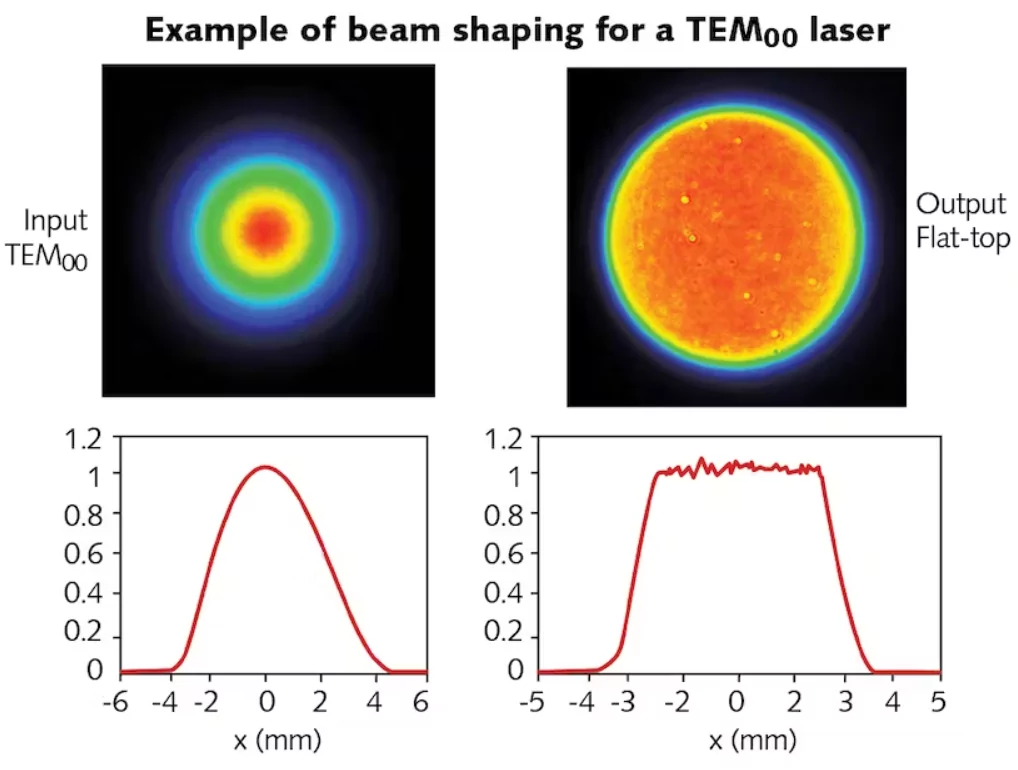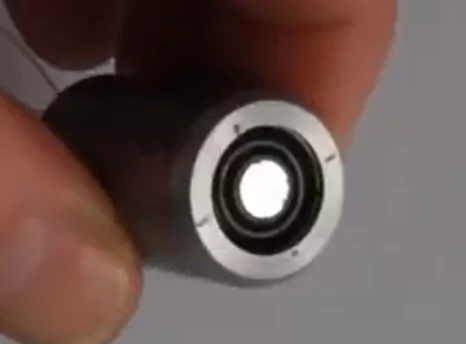TIR Lenses: 3 Essential Design Concepts for Optimal Light Control

Working principle of TIR lenses A TIR lens works on the principle of total internal reflection. When light reaches an interface between two materials with different refractive indices and the correct angle of incidence, there is refraction (bending of a light ray from its original path). As light travels from a medium with a higher […]
5 best materials for LED illumination optics

Freeform lenses (including TIR lenses) and lightpipes are the two most common types of LED illumination optics. They can be made using injection molding and are affordable. Glass materials are not common for general illumination, but are used for spherical lenses or aspheres in devices such as optical instruments with Abbe or Köhler illumination. In […]
Overview of Pi-Shapers, for beam shaping

The pi-Shaper, also known as the πShaper, is designed to transform Gaussian or similar intensity distributions of source laser beams into flat-top ones. This innovative technology has found applications in various industries due to its unique capabilities. Let’s delve into the pros and cons of pi-Shapers, explore their applications in industry, and touch upon their […]
Designing Stereo Lens Pairs

Stereo lens pairs are designed to capture two slightly offset images, mimicking the way our eyes perceive the world. When these images are combined and viewed with the appropriate technique, such as stereoscopy, they create a three-dimensional effect, adding depth and realism to photographs. The primary application of stereo lens pairs is, of course, 3D […]
Wobble Welding Explained

In the dynamic landscape of industrial manufacturing, advancements in welding technologies continually push the boundaries of precision and efficiency. Among these innovations, wobble welding has become an essential technique, combining the power of industrial laser technology with scanning mirrors to redefine the possibilities of welding across various materials. In this article, we delve deep into […]
Laser Beam Caustic: Explained

One parameter that can be used to evaluate the quality of a laser beam is what’s called a Beam Caustic. A caustic, in general, is an “envelope” that defines the extent of a beam of light after they have been refracted (or reflected ) by a curved surface. As the light beams propagate they cross […]